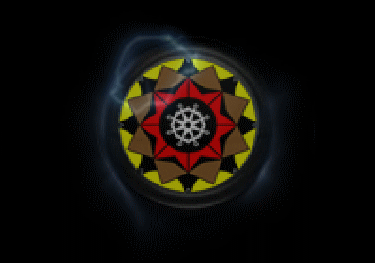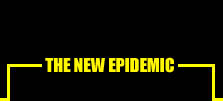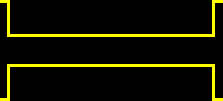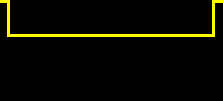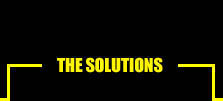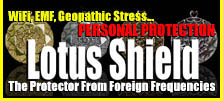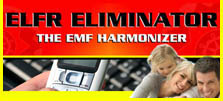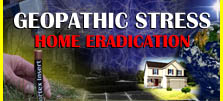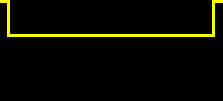Homeopathy
The History of Homeopathy
The term "homeopathy" comes from the Greek words "homios" and "pathos", meaning "similar suffering". "Homeopathy" was coined in 1824 by the German physician Samuel Friedrich Hahnemann (1755-1843). It is a system for treating disease based on the administration of minute doses of a remedy, which, when given to healthy individuals, produces symptoms similar to those of the disease itself. It is based on "similia similibus curentur", or "like cures like".
The remedies are made from natural animal, plant, and mineral sources. They undergo a series of dilutions and succussions in order to become potentized. A point of interest is the fact that the higher the dilution, the more potent the remedy becomes. Currently there are over 2000 remedies from which to choose. There are no artificial pharmaceutical drugs prescribed. Consequently, there are no harmful side-effects from the remedies, which is a big safety factor.
Dr. Samuel Hahnemann was a physician, chemist, linguist, historian of medicine, and scientific revolutionary. He stopped practicing medicine because he believed that the methods he was taught would do more harm than good. The system at the time was called "allopathic medicine". Allopathic medicine is the treatment of disease using medicines whose effects are different from those of the disease being treated.
It is based on "contraria contrariis", or "the law of opposites".
Hahnemann conducted many experiments over many years, and this led him to write a number of important medical texts, still in use today, including "The Organon of the Medical Art", published in 6 editions, the last being in 1842. He also wrote "The Chronic Diseases. Their Peculiar Nature and Homeopathic Cure", published in 1835. His system of medicine became known as Homeopathy. It became popular from the 1830’s to early 1900’s.
Constantine Hering (1800-1880) was considered the father of American Homeopathy. His greatest work was the 10 volume "Guiding Symptoms", which was completed in 1895 by Knerr. The Allentown Academy was the first school of homeopathy, which opened April 10th, 1835. The American Institute of Homeopathy (AIH) was formed in 1844, and was the first national medical organization. The American Medical Association (AMA) was formed in 1847, in response to the spread of homeopathy. Homeopathy was growing, and in 1867 and 1869 two homeopathic colleges were formed in Philadelphia, the "Homeopathic Medical College", and "The Hahnemann Medical College". They merged in 1886 to become "The Hahnemann Medical College and Hospital".
Around the turn of the century, Hering and Dunham die. For the first time in 50 years, homeopaths had no strong leadership. The schools became increasingly divided over philosophical issues, which started the decline of homeopathy. The colleges slipped into "mongrelism", that is, the teaching of keynote prescribing, use of conventional medicines, and lack of philosophy.
In 1909, James Tyler Kent started the "Society of Homeopathicians", in an attempt to keep homeopathy going. His established Rules of Practice are:
1) Only one remedy is to be given at a time.
2) Remedies must be potentized.
3) Surgery was only to be performed as stated in Aphorism 186 of the Organon.
4) Suppression of symptoms by crude medicines, local treatment, or other means, is unhomeopathic. However, probably the biggest reason for the decline of homeopathy at the turn of the century was the rise of Modern Medicine.
Claude Bernard (1813-1878) was a proponent, and "conventional medicine"
grows from statements made by Bernard. He thought that the body is a machine, responding to laws of chemistry and physics. The goal of the physician is not "to restore the sick to health, to cure", as Hahnemann described, but to correct the abnormality. This was done using drugs which can manipulate through destruction (anti-biotics, radiation), substitution (thyroid extracts), or inhibition (MAO inhibitors).
Medicine becomes increasingly driven by science and specialization.
The biggest difference between Homeopathy and Modern Medicine is that in Modern Medicine, the body is examined and broken down into bits and pieces, different parts and organ systems. This works very well for physical symptoms. However, modern medicine does not often include the mental and emotional symptoms.
Homeopathy views the body as a whole, functioning not only as a sum of its parts, but which also has a "spirit", a "soul", or a "life-force". Therefore, homeopaths put weight on all three; mental, emotional, and physical symptoms. Each person is an individual. They try to match the "state" of the patient with the "state" of the remedy. By analyzing the totality of symptoms, they find the remedy, which works, for that individual.
In 1910, the "Flexnor Report" closed many homeopathic schools. By 1925, only 2 remain. In 1935, all hospitals dropped the word "homeopathic". By the 1940’s, the Hahnemann Medical College is the only remaining school. The 1970’s saw the resurgence of Homeopathy in the U.S.
Homeopathy in Canada started in the 1840’s. Two early homeopaths were J. Lillie and J. Lancaster. In the 1850’s there was an act to qualify and license homeopaths. In 1869, Ontario establishes the "College of Physicians and Surgeons".
Homeopaths had 5 members until 1934, then it dropped to 1. The 1970’s also saw the resurgence of Homeopathy in Canada. In 2007, Bill 171, enacted June 4th, 2007, establishes the regulation of Homeopathy in Ontario, and creates "The College of Homeopaths of Ontario". Homeopathy is now an integral part of the Health System. The government is confident that homeopathy plays a valuable and significant role in the provision of health care to patients.
|


